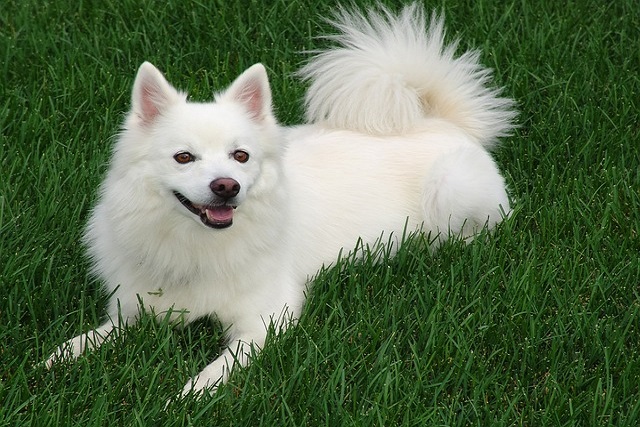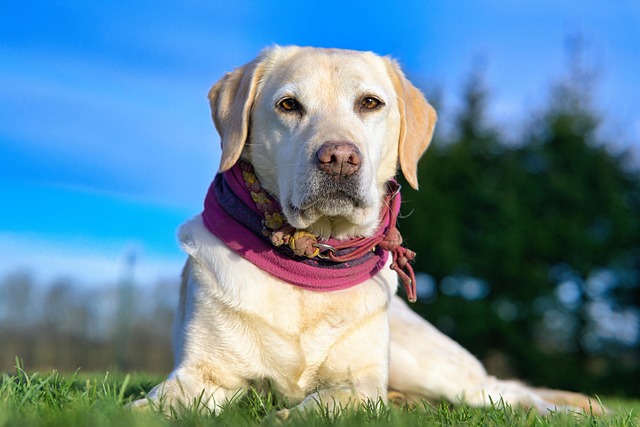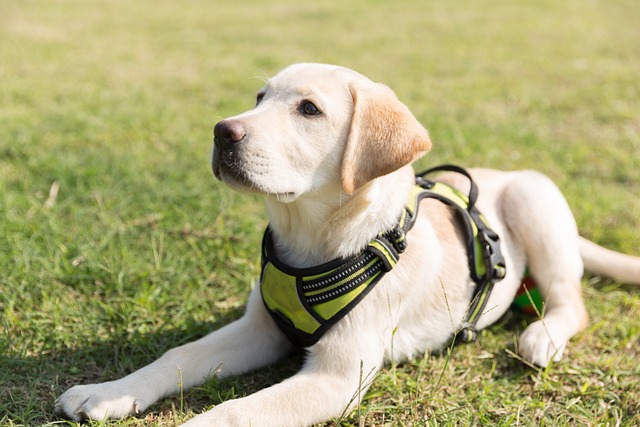
How do i train my dog to be obedient?
Watching your dog dart across the park ignoring your calls isn’t just frustrating—it can put them at risk near busy streets or public spaces.
You’ve got your treat pouch ready and two eager dogs sitting in front of you. Training more than one dog at a time seems like an efficient idea, but it can quickly devolve into a distracted free-for-all. The key to success isn't about training them simultaneously on new skills, but rather employing a strategic approach that respects each dog's individual learning pace while building their ability to work together. This method, which prioritizes clarity and prevents frustration, is the foundation of effective multi-dog obedience training.
The science behind this strategy is rooted in canine cognition and attention span. Dogs, especially in a group, are easily distracted by each other's movements, excitement, and the simple fact that another dog is getting a reward. Trying to teach a brand new "stay" command to two dogs at once is often ineffective because they will cue off each other's mistakes. The modern, evidence-based approach emphasizes individual dog training sessions first. This allows you to give clear, uninterrupted feedback and ensures each dog fully understands what is being asked before adding the major distraction of another dog. This philosophy aligns with the positive reinforcement standard, which focuses on setting each animal up for success in a low-stress environment, completely avoiding punitive measures that could create competition or anxiety between your pets.
Your practical strategy should follow a structured progression. Start alone with each dog in a separate, quiet room. Use a crate or a baby gate to keep the other dog comfortably occupied elsewhere. In these solo sessions, you can teach and proof new commands. Once each dog reliably performs a behavior on their own, you can begin very short, managed group sessions. Keep both dogs on leash for control. Start with a simple, well-known cue like "sit." Ask one dog, reward immediately, then ask the second dog and reward. The goal is to teach them to focus on you even when the other dog is working. Gradually increase the difficulty, asking for sequences of behaviors and rewarding calm, focused attention. Always keep these sessions short and positive.

Successfully managing a multi-dog household through thoughtful training is a significant aspect of responsible dog ownership. The impulse control and manners you instill directly impact your role in the community. This responsibility is multiplied with each pet; ensuring each dog’s rabies vaccination is scrupulously kept up-to-date is a non-negotiable legal requirement for public safety. Furthermore, well-trained dogs that walk politely on leash and do not bark excessively are better neighbors. This is especially critical for those in apartments, where managing the noise and excitement of multiple dogs is essential for harmonious living. And of course, your duty to clean up is multiplied. Always carrying an ample supply of poop bags and immediately scooping all waste from every dog is not just a courtesy; it is legally mandated in most U.S. cities and is a fundamental sign of respect. Training your dogs well, both individually and as a pack, ensures they are polite and welcome members of your community.

Watching your dog dart across the park ignoring your calls isn’t just frustrating—it can put them at risk near busy streets or public spaces.

New puppy owners often find themselves rushing to clean up accidents before they set in, and that’s where puppy pad training becomes a game-changer.

If you've noticed your dog's waistline disappearing and your veterinarian has mentioned those few extra pounds, your first instinct might be to simply reduce the amount of food in their bowl.

Training a dog to use a designated spot indoors isn’t as daunting as many new owners fear, but it does take consistency and an understanding of your pet’s needs.

That moment of dread on a walk is all too familiar for many new dog owners. You see another dog approaching down the sidewalk of your neighborhood

If the sight of another dog on your neighborhood walk makes your heart sink as your own dog erupts into a frenzy of barking and lunging, you're not alone.